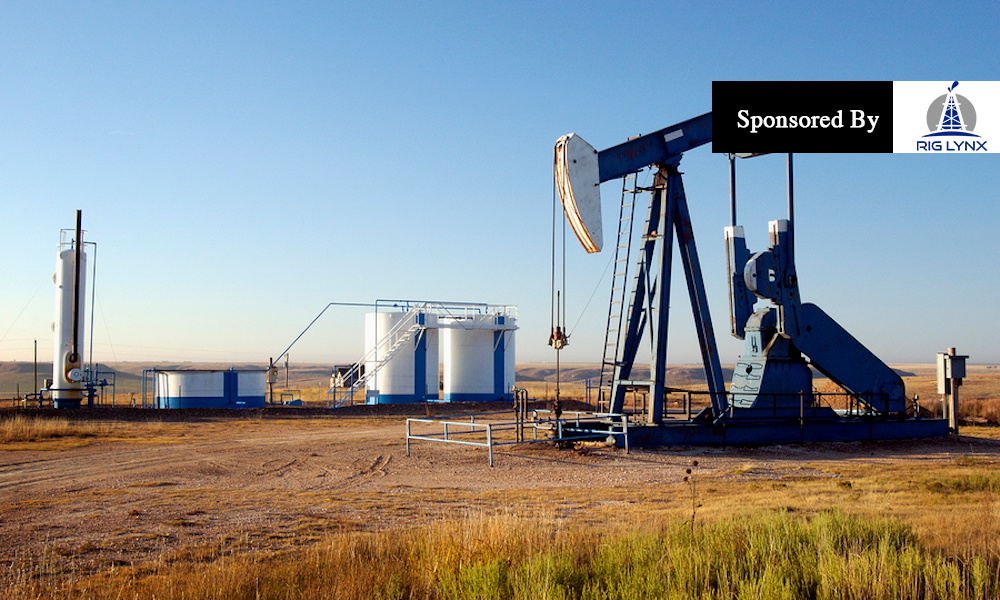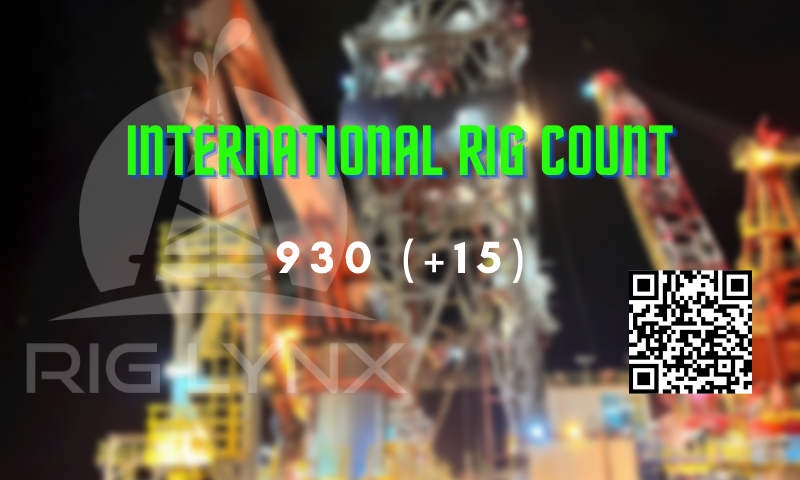
The Energy Department says a lack of pipelines is beginning to drive oil companies out of the big shale region known as the Permian Basin, as they focus investment in regions where the oil is easier to get to market.
The Energy Information Administration released its latest weekly oil analysis on Wednesday, focused on the lack of pipeline “takeaway capacity,†which translates to there being plenty of oil, but not enough ways to move it to refiners or export terminals. The report highlights the case for more spending on pipes and for easing or expediting permitting decisions.
The federal agency said it is tracking 45 publicly-traded oil companies’ investment strategies, and spotted a trend. “As a result of these constraints, some producers with a geographically diverse portfolio of upstream assets announced plans in their second-quarter earnings releases to redirect capital expenditures from the Permian Basin to other regions,†read EIA’s Week in Petroleum report.
“Outside of the Permian, Noble Energy has U.S. onshore operations in the Denver-Julesburg Basin in Colorado and in the Eagle Ford region in Texas,†the new report read.
The Permian Basin, which covers Texas and New Mexico, is one of the richest shale oil deposits in the United States. But the lack of pipelines to move the oil to market is dropping the price, and making it economically unattractive for some companies to continue production there.
Last week’s Week in Petroleum discussed the effect of Iran sanctions on the price of oil. EIA said it was adjusting its monthly price projections upward to reflect the higher prices from U.S. oil sanctions kicking in sooner than anticipated.
But beyond the lost oil supply coming from Iran, Wednesday’s government analysis shows challenges also continue to persist domestically to get oil to market. The constraints in the Permian are expected to continue through the middle of next year, said EIA.
Nevertheless, the 45 companies that the agency tracks are on track to invest a record amount in 2018 in both the Permian region and elsewhere, according to the report.
“These 45 companies have announced $63 billion in asset purchases and corporate acquisitions through September 18 of this year,†the agency said. Total 2018 expenditures are on pace “to meet or surpass the previous high†four years ago, which saw $83 billion in drilling-related spending.
More than half of the 45 companies are spending on corporate acquisitions or purchases of oil reserves.
To be sure, a portion of the investment is going back into the Permian, with BP, for example, spending $10.5 billion to buy BHP Billiton’s onshore assets, according to the agency. Other multi-billion dollar acquisitions were common in the second quarter.
Original Article Here- Washington Examiner



